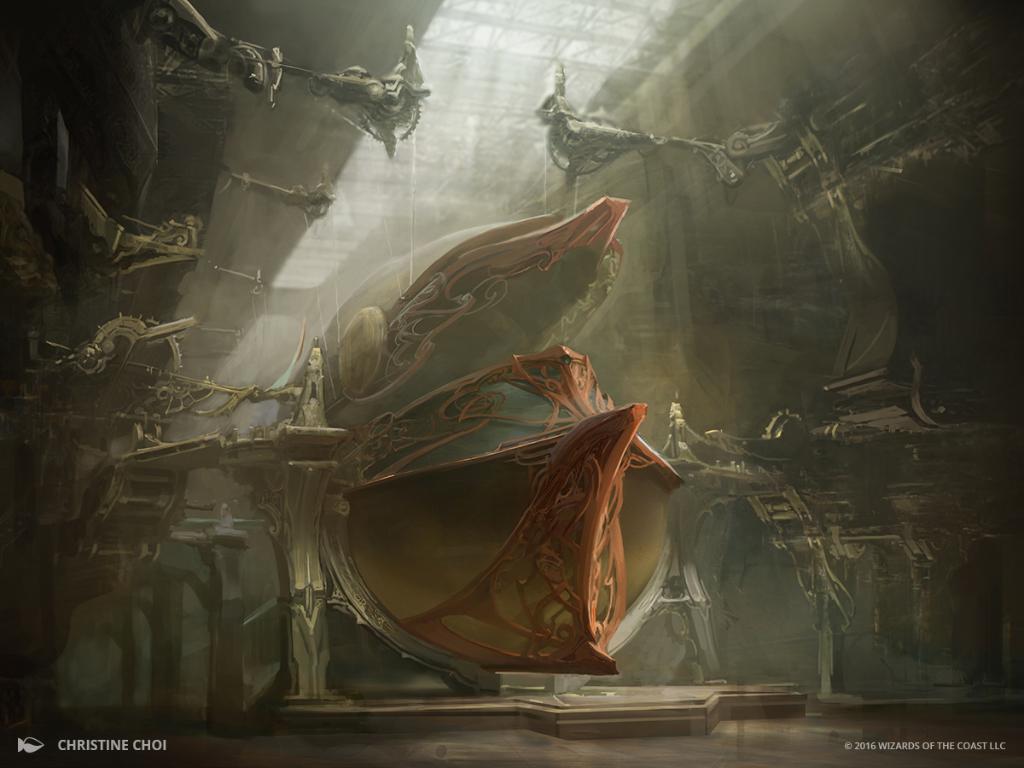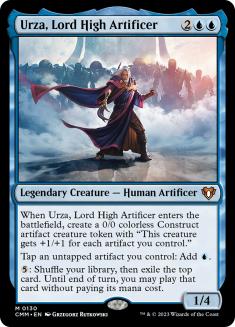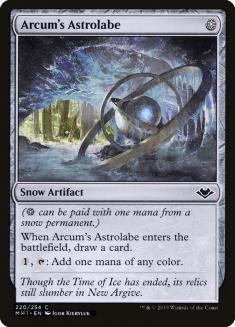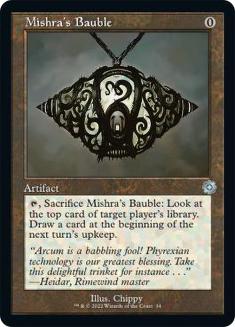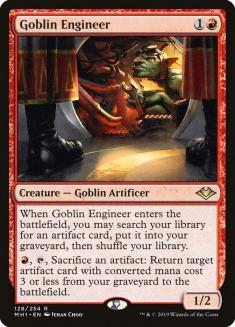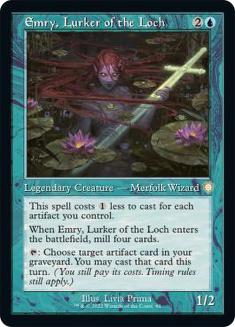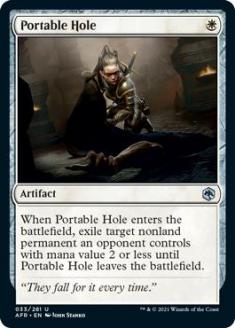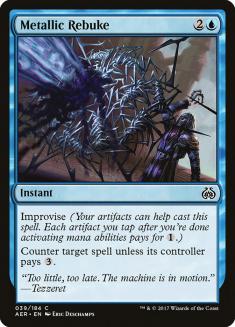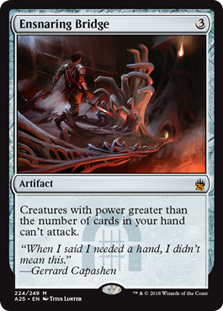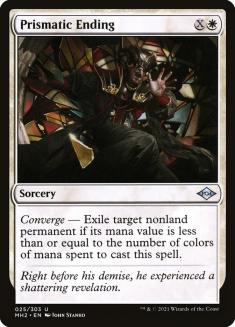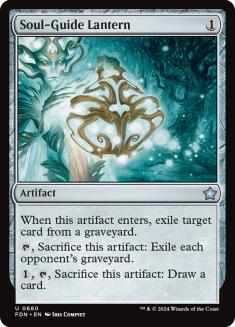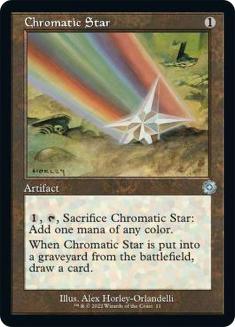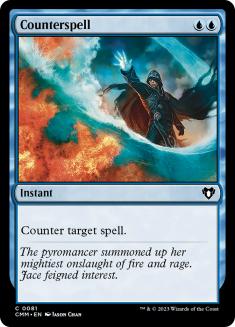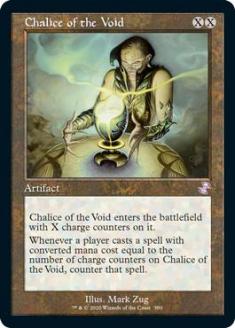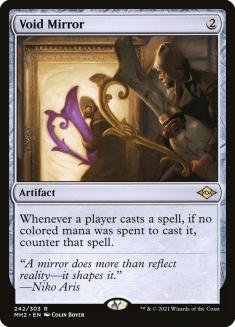It is difficult to pry Modern Azorius Control from these old hands. Since the format has existed, Celestial Colonnade has been my ride or die, through the worst of times. When one of your big payoff spells is Jace Beleren, things have gone horribly awry. In an event where that and Elspeth, Knight-Errant were in the lineup, I finished a cool 13-2 at GP Richmond and got back on the Pro Tour.
The format and archetype have both changed drastically since then. The planeswalkers are much better, and there are few similarities between the list then and the one currently at my disposal. This mega-upgrade has led me to many strong finishes in Modern, but one archetype continues to call me back to the dark side.
Urza, the Tempter
In the SCG Regionals event right before the pandemic hit, I played Four-Color Urza. This deck had the Grinding Station / Underworld Breach win condition and a spread of control elements to defend it. I was as greedy as it got, splashing black for Thoughtseize and some spicy disruption. Having Arcum’s Astrolabe back then gave us artifact folks some underserved arrogance with the manabases, as many players decided to add colors at will. Those decks would have likely been better without the additional strain on spellcasting; however, it was too difficult to fight the urge.
Now, the artifact community has resigned to a three-color (or fewer) standard. I have toyed with various Urza, Lord High Artificer decks over the last couple of years. My dreams of Turn 3 kills with Grinding Station / Underworld Breach have ended, as that combo is a bit too shaky for my liking. It was a great deck to take the format by surprise and defeat players who had no idea how to combat it effectively. The shell of that deck continues to exist in Modern, with players gravitating to the power of Urza and the remaining, legal artifacts that they have access to.
Mishra’s Bauble and Friends
Arcum’s Astrolabe is gone, but Mishra’s Bauble remains. As I dove through the various Urza lists I could find, many of the Urza decks have abandoned the zero-cost artifact that cantrips. I understand it is lackluster without playing a ton of Emry, Lurker of the Loch in these decks; however, the card still does heavy lifting without that companion. It produces mana with Urza, Moonsnare Prototype, Metallic Rebuke, and Whir of Invention, four essential cards in any Urza deck.
The cost of playing Mishra’s Bauble is criminally low, which explains its wide usage across the format. List after list I saw without it made me pause with concern, though I will not follow in those footsteps. Mishra’s Bauble will be a four-of in any deck that has an artifact theme in Modern until the day Wizards of the Coast (WotC) finally removes it. I still found a great deal of inspiration off the lists I saw, mainly one from my great friend and teammate Eli Kassis, leading me to this build of Jeskai Whirza.
Creatures (9)
Planeswalkers (2)
Lands (23)
Spells (26)

Thopter, Meet Sword
Moving away from Grinding Station / Underworld Breach inevitably led the community to a safer artifact combo. Thopter Foundry / Sword of the Meek is the tried-and-true pair that blends beautifully with Urza himself. When the combo hits the battlefield, Thopter tokens swarm the battlefield while gaining the controller a pile of life.
With Urza out, this combo goes from a synergistic team to an infinite combo. Urza’s ability allows the controller to tap the incoming Sword of the Meek and/or token for mana, while activating Thopter Foundry’s ability. This produces infinite Thopter tokens and infinite life, ultimately ending the game. The Grinding Station / Underworld Breach combo is a cleaner kill; however, it requires a few stinkers in the list, like Mox Amber and Thassa’s Oracle. Urza decks that employ the “Thopter/Sword” combo kill need not run riff-raff alongside it.
Engineer and Emry
This deck has an easier time searching out the combo thanks to Goblin Engineer. Unlike Emry, Goblin Engineer places the card of choice in the graveyard for a future cast. This is a powerful interaction with Sword of the Meek, since that is exactly where we want the card. Stoneforge Mystic, a competitor to Goblin Engineer, can pick up a Sword of the Meek, but it takes two additional mana to get the ball rolling. Both two drops are must-kill, but Goblin Engineer can also pick up an artifact to handle a specific matchup’s weakness.
Although Goblin Engineer is a better card in the Jeskai Whirza deck, I cannot leave Emry behind. Emry and I go way back, as I played it the moment Throne of Eldraine released. It is a broken card if left on the battlefield, demanding an immediate removal spell as the other creatures in this deck do. The difference here is that Emry often costs a single mana, making it as efficient as they come. It and Goblin Engineer team up to resuscitate the fallen combo pieces, while producing a ton of advantage in-between.
Portable Hole
The shell of the deck has not changed much over time. The biggest improvement has been the introduction of Portable Hole, a removal spell that remains on the battlefield as an artifact. This has been a godsend for Urza fans everywhere, having the ability to remove a threat on the battlefield while increasing the artifact count for the home team.
Portable Hole takes out an enemy permanent, pumps up the Construct tokens, taps for Metallic Rebuke / Whir of Invention / Moonsnare Prototype / an Urza activation, and is returnable by the other creatures in the deck. I have been impressed with the impact that one little removal spell has had. It has increased Urza’s win percentage against all decks with early threats, which has been its weakness historically.
Teferi, Time Raveler
Artifacts fuel the power of Jeskai Whirza, but a fair number of impactful spells complement them. Whenever we see Hallowed Fountain, Teferi, Time Raveler is not too far behind. Teferi is one of the greatest of all time, with Modern among the few formats where he is still legal.
There is still an angry Modern mob with pitchforks and torches, trying to take him away from all of us. Until they are successful, Teferi will be in every control deck I play. Jeskai Whirza may have artifact roots, but it is a control deck at the end of the day. There is not an early- or mid-game victory, only the late-game with a couple of Constructs or a Thopter army. Teferi helps us get to that point, preventing decks with heavy disruption from stopping the combo assembly. It is also an answer-all, returning any permanent to the owner’s hand while also drawing a card. Preventing the opponent from casting any spells on your turn is Teferi’s biggest asset. That’s why every Urza deck now includes it.
Countermagic
Jeskai Whirza also packs its own disruption, with most of it being in the sideboard. The maindeck only contains one piece of countermagic. The solo Metallic Rebuke joins forces with Teferi in Game 1, waiting patiently for reinforcements in Game 2 and Game 3.
I have tried jamming a pile of blue disruption in the main deck before. It waters down the elements that make Urza powerful. Fewer artifacts weaken the engine of the deck, making that number difficult to tinker with. The creature count is near-optimal. Running fewer is out of the question, leaving the other disruption pieces as possible cuts. The issue for Urza is the difficulty in leaving mana open in a reactive stance, since the deck runs exclusively tap-out in the early-game. That of course changes if winning requires blue disruption, which is why the sideboard has Mystical Dispute, Metallic Rebuke, and Counterspell ready to roll.
Permanent Removal
The maindeck is much better equipped to dealing with permanents that have already resolved.
Portable Hole, Ensnaring Bridge, and Prismatic Ending handle business against a hostile battlefield. I discussed the wonders of Portable Hole, but the other two options are also impactful. Ensnaring Bridge has been a free win in some scenarios, fetched out by a Whir of Invention or a Goblin Engineer, with the game ending immediately. There are some aggro decks that cannot beat an Ensnaring Bridge Game 1, and that puts Jeskai Whirza in a prime metagame spot. Even if Ensnaring Bridge is destroyed, Emry and Goblin Engineer can recreate the problem for anyone trying to attack you.
Ensnaring Bridge is great in specific situations, but Prismatic Ending is the best removal spell to hit control in years. It is a true universal removal spell, exiling anything that gets in our way. This is another spell that I will use in every Modern deck moving forward, regardless of its competitors. When March of Otherworldly Light was released, some control players played more copies of it than Prismatic Ending. I knew this was a mistake from the beginning; many of those players have come back to the superior removal spell. In Jeskai Whirza, it is a mandatory inclusion that has improved its matchups across the board.
Silver Bullets
Jeskai Whirza has a few silver bullets. Aether Spellbomb is a low-risk addition that protects Urza well and does fun things with Emry and Goblin Engineer. There are further applications, as with many of the other artifacts in the deck.
Soul-Guide Lantern and Chromatic Star are other one-ofs, also providing specific assistance at a very low cost. Soul-Guide Lantern is the new best friend of artifact decks, a one-cost graveyard hate spell that does not hurt the controller. Many of the best graveyard hate spells affect both players, but not this one. It can be sacrificed to draw a card when it has no use or take out an opposing graveyard without additional mana needed. It is versatile enough to make the cut in any deck that can tutor it up, especially this one. Jeskai Whirza has Urza’s Saga, Whir of Invention, Goblin Engineer, and Emry, Lurker of the Loch, all of which can make life difficult for graveyard-based decks with a single Soul-Guide Lantern.
Chromatic Star does not have a wide array of uses, outside of expanding a Prismatic Ending. That is the primary reason it is here, along with the laundry list of synergies it has with the rest of the artifact-friendly deck.
In the Sideboard
The sideboard adds to the resourcefulness of Jeskai Whirza with more silver bullets. Those, in addition to the disruption pieces there, turn Jeskai Whirza into a stronger control deck against the biggest threats in Modern. This list has been a blast to play, and it has the power level required to be a top competitor in the format.
I have not decided which deck I will play at SCG CON Syracuse, but it is between this and Azorius Control. I have experience with both decks, and I enjoy them equally. At least I am guaranteed to play Teferi, Time Raveler regardless. All is right in my control world.

